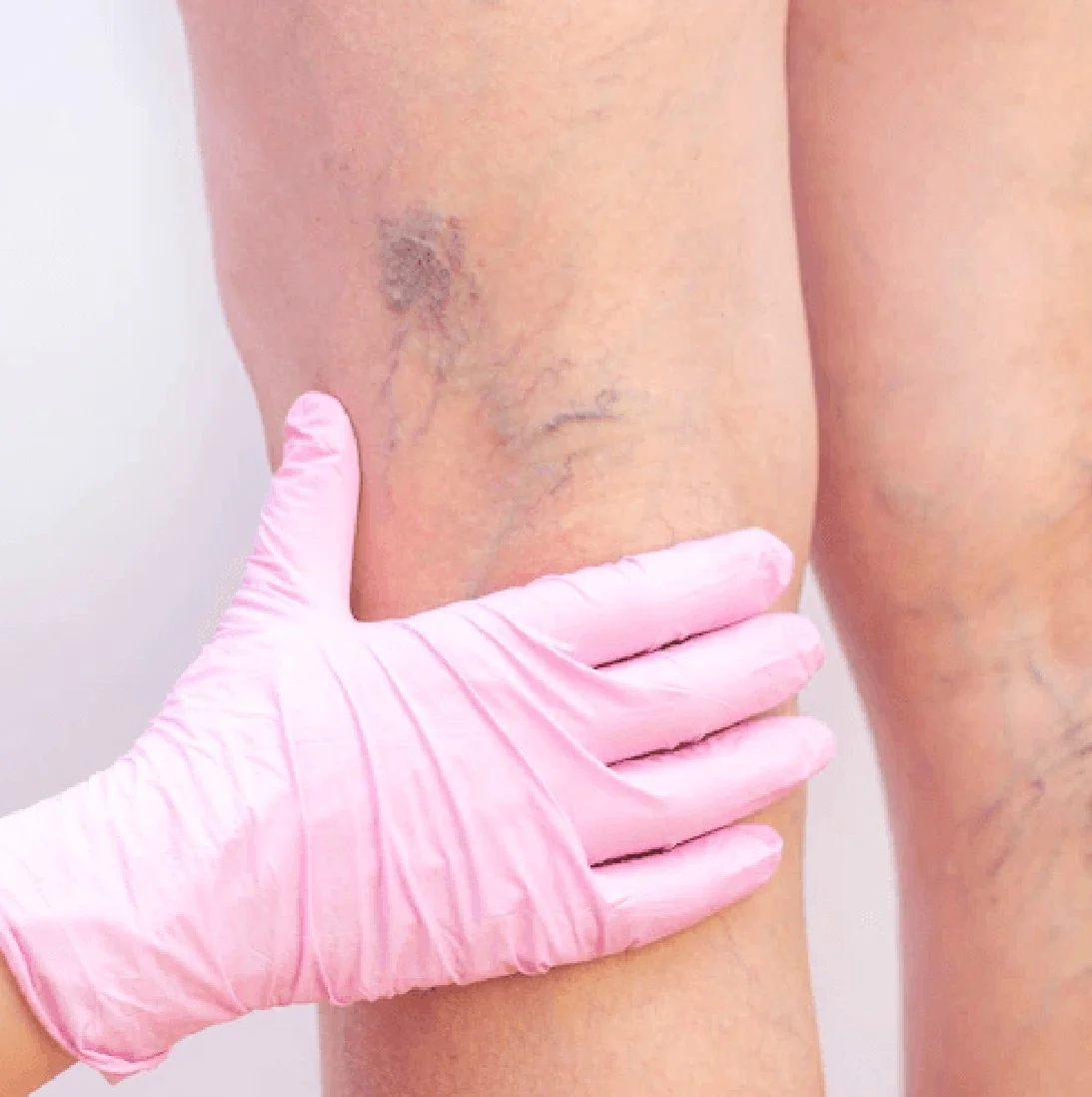
Department of Cardio Vascular and Thoracic Surgery
Welcome To Gangasheel Hospital
What is Varicose Vein ?
Varicose veins are twisted, enlarged veins. Veins that are close to the surface of the skin (superficial) can develop varicose veins. Varicose veins most commonly affect the leg veins. Standing or walking puts pressure on the veins of your lower body.
For many people, varicose veins or spider veins (a common minor variant of varicose veins) are just a cosmetic problem. In others, varicose veins can cause excruciating pain and discomfort.Varic veins can cause more serious problems.
Treatment may include self-care procedures or procedures performed by a healthcare provider to close or remove a vein.
Varicose veins may not cause pain. Signs of varicose veins may include:
- Dark purple or blue veins
- Veins that look twisted or swollen
If you experience painful signs or symptoms of varicose veins:
- Painful A
- Burning, throbbing, muscle spasms, swelling in the legs
- Worse pain after sitting or standing for long periods
- Itching around one or more veins
- Skin color change around varicose veins
- Spider veins are similar to varicose veins, but smaller. Spider webs are close to the surface of the skin and are often red or blue.
- Spider webs appear on the legs, but can also be seen on the face. They vary in size and often look like spider webs.
Weak or damaged valves can cause varicose veins. Arteries carry blood from the heart to the rest of the body. Veins carry blood back to the heart from the rest of the body. To return blood to the heart, the veins in the legs must defy gravity.
Muscle contractions in the lower extremities act as pumps, and elastic venous walls help blood return to the heart. Small valves in veins open to allow blood to flow to the heart and close to prevent backflow of blood. When these valves are weakened or damaged, blood backs up and pools in the veins, causing them to stretch or twist.
Improving blood circulation and muscle tone can reduce the risk of developing varicose veins. The same measures that treat the symptoms of varicose veins can help prevent them.
Try the following:
- avoid high heels and tight stockings
- change sitting or standing positions regularly
- eat high-fiber, low-salt diet
- exercise
- while sitting or lying down
- watch your weight.
There is no cure for varicose veins, but these treatments can make them look better and lessen their discomfort.
Elastic Stockings:
Support stockings or socks compress veins and reduce discomfort. Pressurization prevents blood vessels from stretching and promotes blood flow.
Injectable therapy (sclerotherapy):
In sclerotherapy, a doctor injects a solution into a vein. This solution causes the vein walls to stick together. Eventually, the vein will turn into scar tissue and disappear.
Laser therapy:
In a minimally invasive procedure called intravenous thermal ablation, medical practitioners use a catheter (a long, thin tube) and a laser to close damaged veins.
Venous Surgery:
Also called ligation and stripping, in these procedures the surgeon ties (ligates) the affected vein to prevent blood from pooling. Surgeons may remove veins to prevent varicose veins from recurring.
Yes, Varicose Vein treatment is available in bareilly at gangasheel hospital by the team of expert Cardiac Surgeons in the city.
